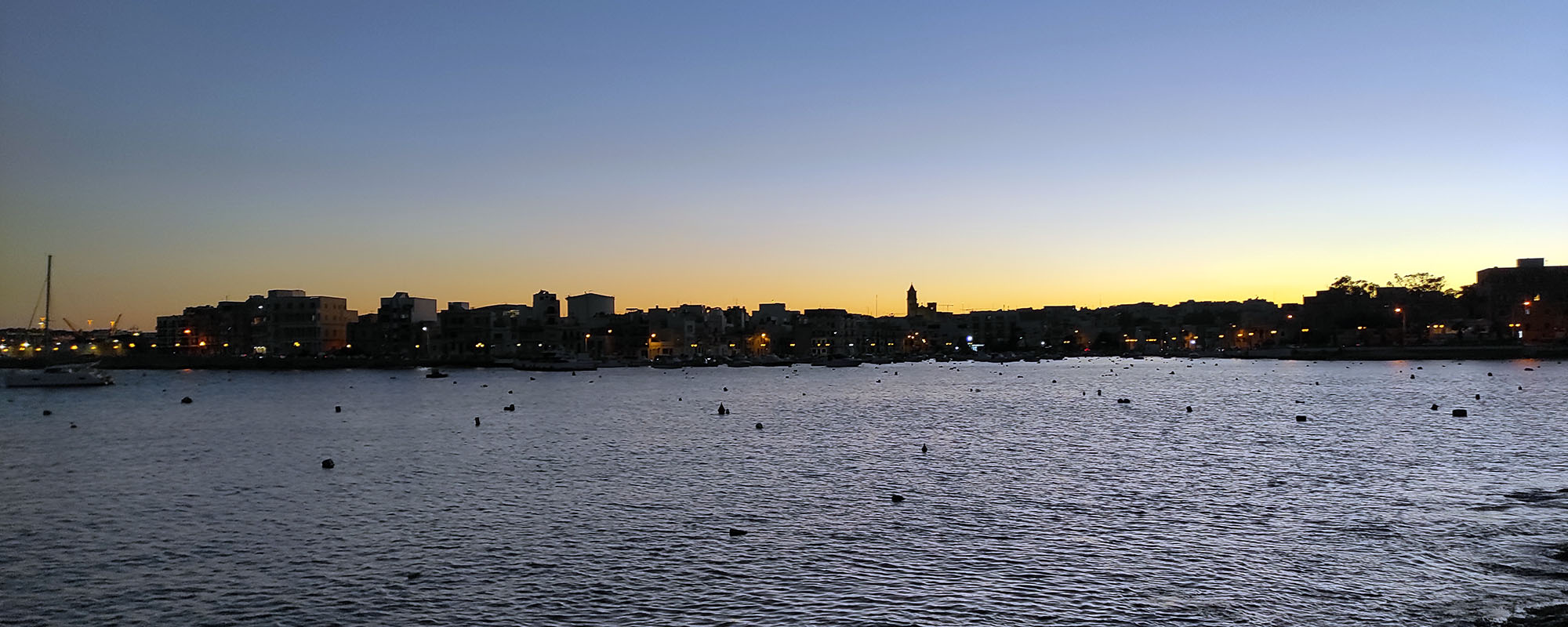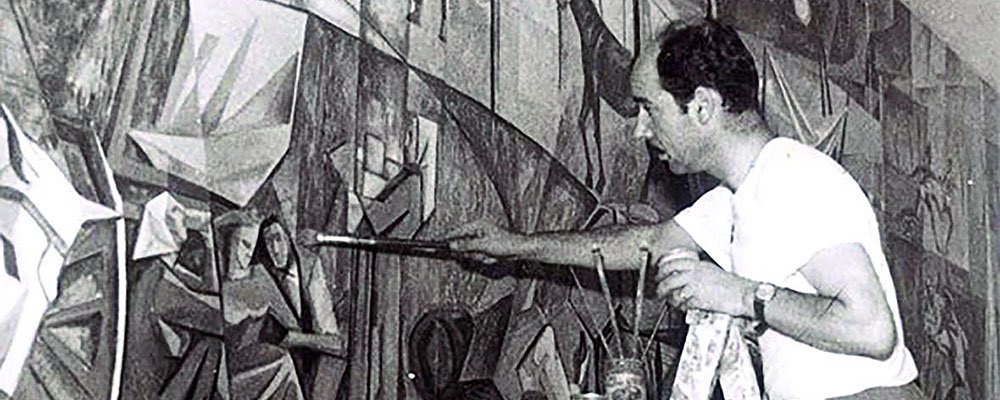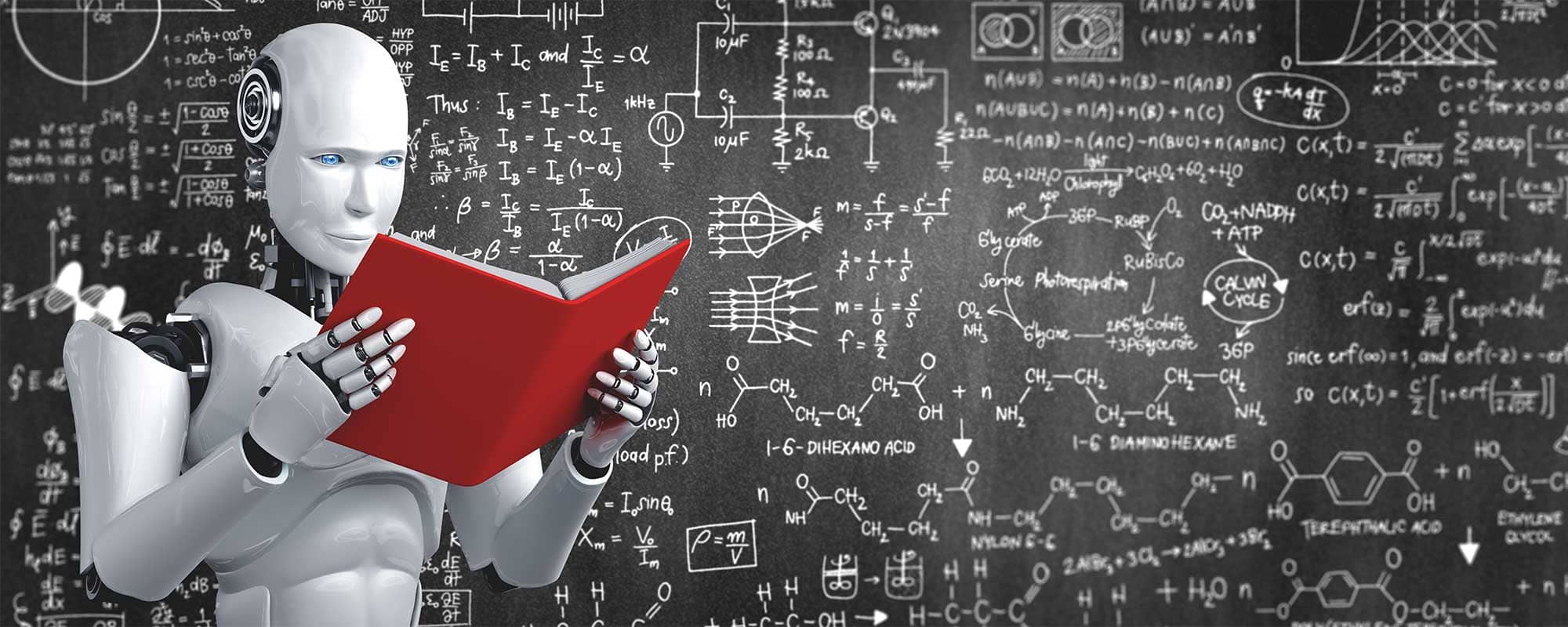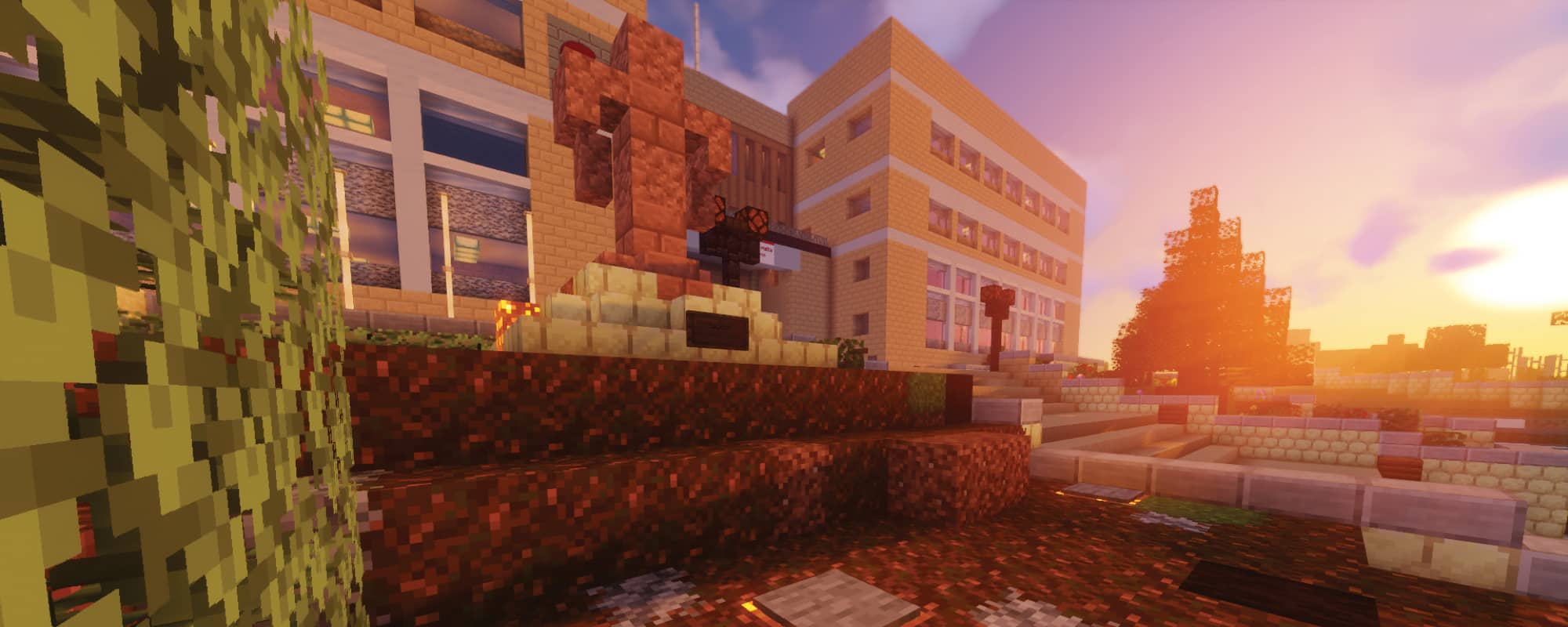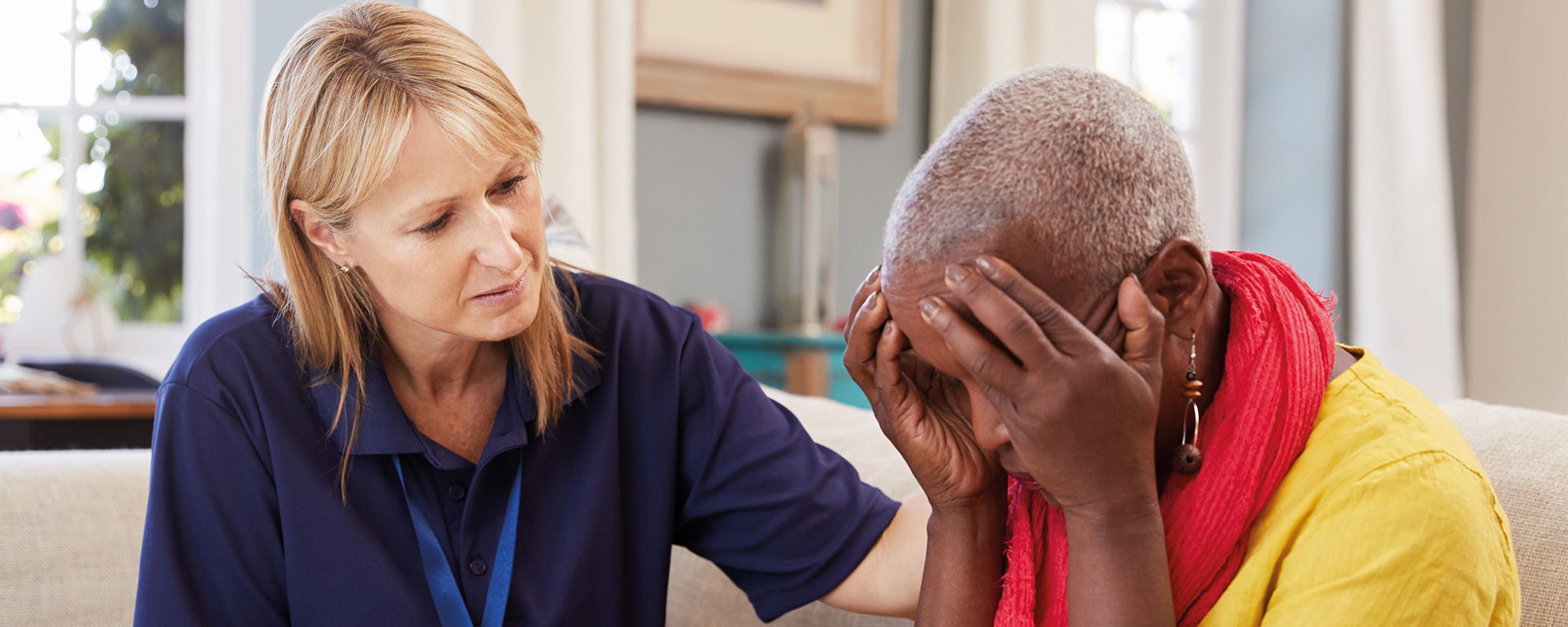‘Fun, exciting and challenging’ is how Federica, NOVA logistics officer, described her undergraduate experience with UM’s Department of Digital Arts. Now in their final year, the Bachelor of Fine Arts cohort, guided by Dr Trevor Borg, is dotting all the i’s and crossing all their t’s in preparation for their thesis exhibition. THINK took the opportunity to talk with a few members of the logistics team to learn what NOVA is all about.
Continue readingCulinary Medicine: A Missing Ingredient in Medical Education
For her second-year physiology research project conducted under the supervision of Chev. Prof. Renald Blundell from UM’s Department of Physiology and Biochemistry, Courtney Ekezie focused on sustainable food systems and their impact on human health. The study briefly mentioned culinary medicine – an aspect that later inspired this article for THINK.
Continue readingExploring Birżebbuġa through Soundscapes
Have you ever thought about the social implications of sounds? Daniel Gafà explored the locality of Birżebbuġa through its soundscapes. His study highlights the role that sounds play in shaping residents’ sense of place.
Continue readingMicromuseums with Mighty Value
University of Malta alumnus proposes the first-ever definition of a ‘micromuseum’. Dr John Vella, a doctoral graduate of the Mediterranean Institute, conducted this research after successfully defending his thesis on grassroots museums under the supervision of Prof. John Chircop. Vella continues to research and publish studies on themes concerning such museums.
Continue readingWhat Happens to Malta’s Private Collections?
Natalie Formosa shares her findings on private artists’ archives in Malta and the nation’s role in preserving such collections.
Continue readingIs ChatGPT an Aid or a Cheat?
From the perspective of a student and an academic, how can ChatGPT be used in academia? Nathanael Schembri explores how the AI could be used to aid in assessments as well as scholarly work; such as in writing dissertations and research papers.
Continue readingMalta in Minecraft: Junior College Block by Block
In 2020, many students were unable to go to school due to the COVID-19 pandemic. However, what would happen if you could build your school at home? A group of proactive students at Junior College set themselves the ambitious task to recreate their massive campus block by block in Minecraft.
Continue readingWhen trust is lost in translation
Author: Marcelle Bugre
Social workers are in close contact with people; it’s the nature of their job. But when migrant survivors of domestic violence seek help, they often perceive social workers to be representatives of a more powerful group. Thus, survivors may be wary of trusting social workers, or fear losing their children, being reported to immigration authorities, or blamed for what happened. To engage with a growing number of migrants and minorities today, social workers need cross-cultural competence – the ability to work effectively across cultures.
Continue readingStepping up in strange times
Author: Edward De Gabriele
During my final year of studies, I was meant to focus on exams and clinical placements. COVID-19 has upended everything. I felt that volunteering will be my way to keep busy and continue contributing to the general public.
Continue readingThe pandemic did not ‘undo’ our exhibition
As 35 University of Malta students prepared to showcase their dissertation projects in an exhibition at Junior College, restrictions to stop the spread of COVID-19 turned their plans upside down overnight. Yet the exhibition, titled Ctrl Z, is still taking place, having moved to where people are – online.
Continue reading


